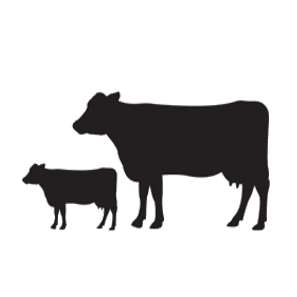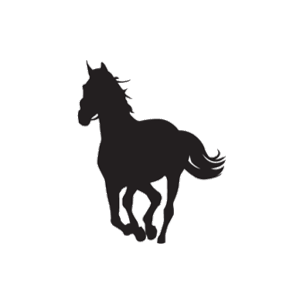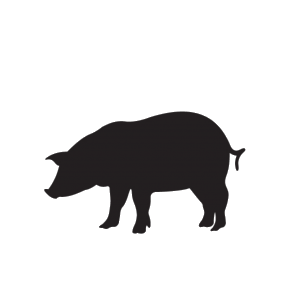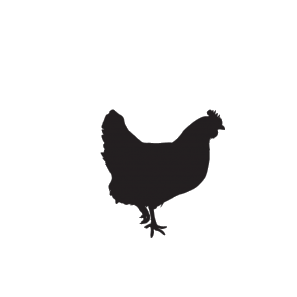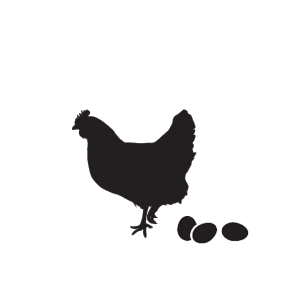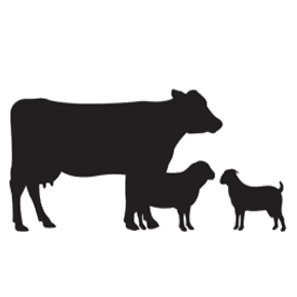During a ewe’s gestational and early lactational stages, she will have increasing nutrient requirements, particularly an increase in energy, protein and certain vitamins and minerals. If there is a shortage or an imbalance in her feed, she may develop pregnancy disorders.
Pregnancy toxaemia
Pregnancy toxaemia is also referred to as ketosis and is a metabolic disorder commonly found in pregnant ewes. In late gestation, a ewe’s energy requirement may be higher than the energy that is provided by her diet. During late gestation, a ewe may be unable to eat as much as she should, due to the decreased abdominal space; most of this space is taken up by the growing foetuses. Due to a reduction in glucose available to be used as energy, fat mobilization starts taking place, as fats may be broken down into ketone bodies to be converted into energy.
Should the level of ketone bodies become too high, it may result in hyperketonemia.
Signs:
Ewes that experience pregnancy toxaemia display signs of weakness, dehydration, kidney failure and nervous system damage in the form of blindness or tremors. She may separate herself from the flock and display signs of depression, will not eat, and may lie on her side. If left untreated, the ewe will die.
In severe cases the foetus may die in-utero, and the ewe may have to be assisted with the removal of the lamb.
Cause:
This disorder is particularly prevalent in a ewe that is pregnant with twins, as it is particularly taxing on her body.
Ewes that are in poor condition or overfat during this stage are most at risk.
It is also found in ewes that feed on young green pasture that is high in water, but low in nutrients and dry matter.
Prevention:
Proper management and feeding strategies are the key to ensuring this disorder does not occur. This includes ensuring that the ewes have access to good quality feed at all times, and that they do not become stressed and stop eating.
These stressors may include extreme weather conditions, transporting or yarding, or suddenly changing the feed. Grain poisoning should be avoided at all costs, and grains should slowly be introduced to the feed.
For ewes on young green pasture, a good quality supplementary feed should be supplied.
It may be necessary to identify ewes pregnant with twins and separate them from the rest of the flock. These ewes should be monitored and fed good quality feed to ensure that their nutrient requirements are met so that they do not deplete their glucose stores.
Treatment:
An early prognosis of the disorder is necessary to ensure that the ewe is treated as effectively as possible. Injecting glucose every 6 – 12 hours to ensure that her glucose levels are stable. The injection may be substituted for a glucose drench or oral administration of glycerol. Good quality feed should be easily available to her at all times.
A vet may consider performing an emergency caesarean, or inducing labour in order to safely produce the lambs.
This disorder is easy to avoid if the farm manager provides the proper level of nutrition and management.
Should you have any concern of your ewe developing this disorder, please contact your Technical Advisor.




